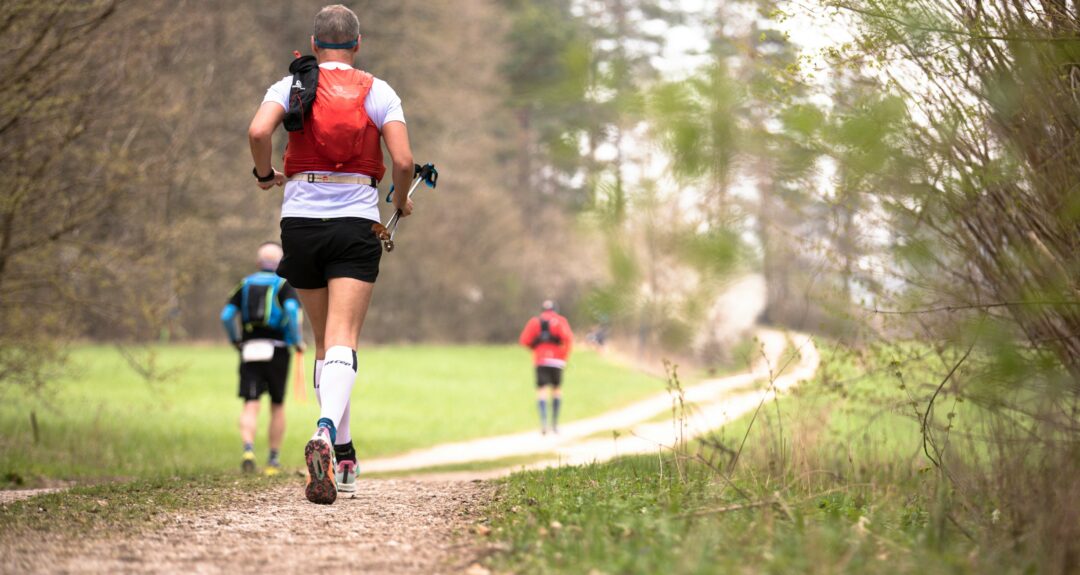Written by Mark Robbins, APPI Physiotherapist.
As we begin a new year, many of us have aspirations to trial a new sport, pick up a new exercise
regime or have set goals in mind which we would like to achieve. Personally, I have aspirations to
complete a half marathon this year. It’s important to remember, suddenly increasing your exercise
tolerance can make you prone to an injury (Lieberman et al., 2015; Willwacher et al., 2020). Sadly
injuries do happen but this is why we encourage everyone to take fundamental steps in order to
significantly reduce the chances of this occurring. As Physiotherapists, we often see overuse
injuries which simply involves the equation; load management vs tissue capacity.
Load management vs Tissue Capacity
A fundamental principle for preventing and managing injuries is to recognise the
relationship between your training load and your current tissue capacity. All tissue has its
own level of capacity and if this is significantly exceeded, this will lead to a higher risk of
injury (Rivas et al., 2011) This is why we see many people in clinic who have suddenly
increased their training in preparation to any big race event. Therefore we need a well
structured training plan which implements many factors to avoid pushing your body
beyond what it can safely manage.
Training
When training or playing a sport, tissue load is dependent on volume (how much), intensity
(how hard), frequency (how often) and the type of training being performed. When we load
our tissues it promotes tissue adaptation, flexibility, strength gains, improvements in
cardiovascular fitness and as a result tissue capacity (Goom, 2024). Here are a few tips to
help with your training to make sure you are getting the right balance of load…
1) Listen to your symptoms:
Your body is your best guide. Pay attention to signs of overexertion such as:
• Persistent soreness or fatigue.
• Sharp or localised pain.
• Swelling or persistent stiffness.
Adjust your exercise based on how your body responds. For instance, if a running
programme suggests covering 5 km but you start feeling discomfort around 3 km, stop
there. That’s an indication of your current tissue capacity. Stick to this limit for now and
allow your body to adapt before increasing the load gradually in the following weeks.
2) Vary your training routine
Incorporating variety into your exercise routine is essential to prevent overloading on
specific tissues. Repeating the same frequency, intensity, duration, and type of activity
every day can strain particular muscles or joints. Instead, mix things up with different types
of exercise to distribute the load across various tissues integrating a mix of strength,
flexibility and cardiovascular training to promote balanced development throughout your
body for example incorporating reformer pilates and a weighted session in the gym.
Strengthening the whole kinetic chain instead of just the injured tissue has been supported
to meet the demands of returning back to a sport. This can be reflected using Majelan et
al., (2024) study highlighting importance of strengthening the whole lower limb quadrant
for medial tibial stress syndrome often referred to as ‘shin splints’.
Here are a few examples of exercises you could complete which requires minimal
equipment…
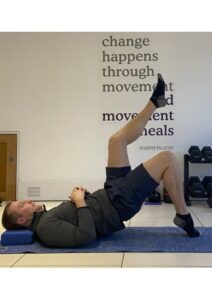
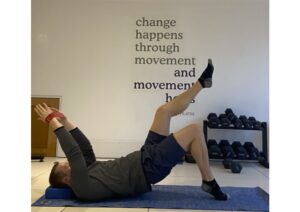
Shoulder bridge on ball of foot. Use a 30 second static hold x 3. Progress by lifting off arms and resisting into a a loop band.
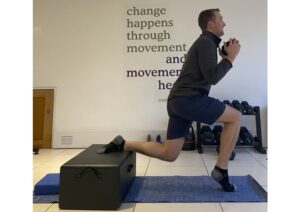
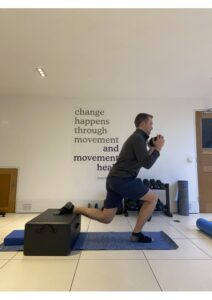
Bulgarian squat on ball of foot. Use a 30 second static hold x 3. And then add a set of 10 – 12 reps x 3.
3) Remember strength adaptations take time!
4) Pain does not represent harm
Pain is a multifactorial sensory experience influenced by physical and psychosocial factors
such as beliefs, feelings, stress levels, past experiences and previous injuries. For
example stress has been demonstrated to slow down healing by up to 40-60% (Nippert
and Smith, 2008). Therefore highlighting the importance of recognising this complexity is
key to addressing pain effectively and understanding that improvement often requires
more than just physical recovery.
5 ) Prioritise recovery
• Take at least one or two rest days per week.
• Hydration and eating a good balanced diet.
• Aim for 8 hours of quality sleep.
Recovery days are crucial for long-term performance to allow your body to heal, adapt,
and become stronger after exercise. By maintaining a balanced diet rich in protein,
carbohydrates, vitamins and healthy fats will support tissues to repair and replenish their
glycogen stores and enhance overall recovery. An average of 8 hours of sleep is
recommended and if this is significantly reduced it has been demonstrated to increase the
chance of a sporting injury to occur in adolescents (Milewiski et al., 2014). Therefore,
neglecting recovery can lead to burnout, fatigue, and a higher risk of an injury.
Next steps . . .
Each of us needs a unique approach to reach our goals. To help performance we provide
running performance analysis, rehab therapy, reformer or Mat Pilates in class or 1:1
settings and massage to help support your recovery. If you feel your exercise routine or
rehabilitation programme could be better tailored to your body, get in touch with our clinic
in Wimbledon or Hampstead to schedule an appointment.
Reference List
Galbraith, R.M. and Lavallee, M.E., 2009. Medial tibial stress syndrome: conservative treatment
options. Current reviews in musculoskeletal medicine, 2, pp.127-133.
Goom, T. (2024) Balancing training load and tissue capacity, RunningPhysio. Available at:
https://www.running-physio.com/capacity/ (Accessed: 06 January 2025).
Lieberman, D.E., Warrener, A.G., Wang, J. and Castillo, E.R., 2015. Effects of stride frequency and
foot position at landing on braking force, hip torque, impact peak force and the metabolic cost of
running in humans. Journal of Experimental Biology, 218(21), pp.3406-3414.
Milewski, M.D., Skaggs, D.L., Bishop, G.A., Pace, J.L., Ibrahim, D.A., Wren, T.A. and Barzdukas,
A., 2014. Chronic lack of sleep is associated with increased sports injuries in adolescent
athletes. Journal of Pediatric Orthopaedics, 34(2), pp.129-133.
Nippert, A.H. and Smith, A.M., 2008. Psychologic stress related to injury and impact on sport
performance. Physical medicine and rehabilitation clinics of North America, 19(2), pp.399-418.
Rivas, D.A., Lessard, S.J., Saito, M., Friedhuber, A.M., Koch, L.G., Britton, S.L., Yaspelkis III, B.B.
and Hawley, J.A., 2011. Low intrinsic running capacity is associated with reduced skeletal muscle
substrate oxidation and lower mitochondrial content in white skeletal muscle. American Journal of
Physiology-Regulatory, integrative and comparative physiology, 300(4), pp.R835-R843.
Willwacher, S., Sanno, M. and Brüggemann, G.P., 2020. Fatigue matters: An intense 10 km run
alters frontal and transverse plane joint kinematics in competitive and recreational adult
runners. Gait & posture, 76, pp.277-283.

